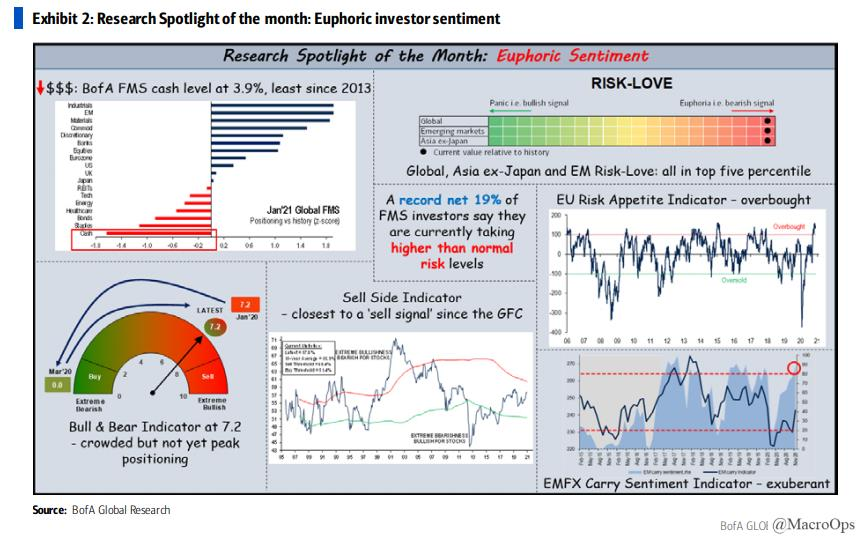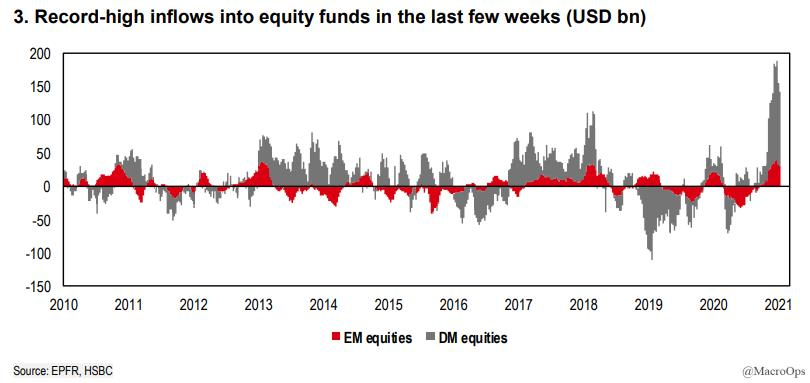
On Aug 7th I noted the EXTREME conditions (technical, sentiment, positioning) in gold & made the case for an extended pullback
That take got a TON of flack but ended up marking the top
The reverse is now true. Here's my bull case for $GC_F
1/
That take got a TON of flack but ended up marking the top
The reverse is now true. Here's my bull case for $GC_F
1/
https://twitter.com/MacroOps/status/1291786970595827713
2/ Gold has completed a classic bull market correction from extreme overextension. I wrote about this on Sep 23rd where I talked about the historical tendencies of these types of pullbacks, and why gold would continue to sell off.
A screenshot of that report is below.
A screenshot of that report is below.

3/ We've now seen a:
- Peak to trough drawdown of 20% vs avg of 21%
- We're in the 187th trading day of the correction vs
avg of 255 before new highs
- A dip below the $1,700 level
We bought back in on March 31st after completion of the double-bottom

- Peak to trough drawdown of 20% vs avg of 21%
- We're in the 187th trading day of the correction vs
avg of 255 before new highs
- A dip below the $1,700 level
We bought back in on March 31st after completion of the double-bottom
https://twitter.com/MacroOps/status/1377272179444879363

4/ The EXTREMES in sentiment and positioning that we saw over 8-months ago, have not only been reversed but are now showing EXTREME levels of pessimism.
This is what you want to see for a durable bottom to form.
This is what you want to see for a durable bottom to form.

6/ The % of miners trading above their 200-day is turning up from DEEPLY oversold levels (sub 20%).
These types of oversold conditions WHILE in an uptrend tend to be powerful buy signals.
These types of oversold conditions WHILE in an uptrend tend to be powerful buy signals.

7/ Our Precious Metals Extreme Buy/Sell Signal triggered two back-to-back buy signals last month, which has so far marked the bottom. 

8/ Silver continues to outperform gold which is exactly what you want to see in a cyclical PM bull market. 

9/ PMs tend to be great technical trading markets. They have high fidelity to their setups
The monthly chart in $SI_F is textbook
This is similar to the compression regime I wrote about in March 2019, when we first turned bullish on precious metals.
macro-ops.com/a-golden-macro…
The monthly chart in $SI_F is textbook
This is similar to the compression regime I wrote about in March 2019, when we first turned bullish on precious metals.
macro-ops.com/a-golden-macro…

10/ Enduring technical bases can take a while to form & there's still a # of things we need to see fall into place
We're long PMs & will keep building positioning as long as the technicals confirm the thesis
U can read about how we're doing this here 👇
macro-ops.com/the-bull-case-…
We're long PMs & will keep building positioning as long as the technicals confirm the thesis
U can read about how we're doing this here 👇
macro-ops.com/the-bull-case-…
• • •
Missing some Tweet in this thread? You can try to
force a refresh













